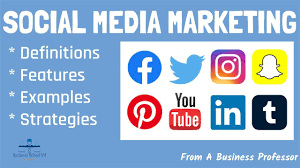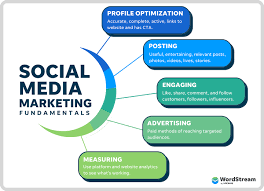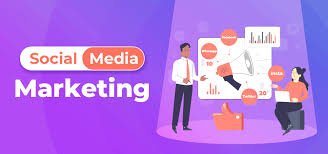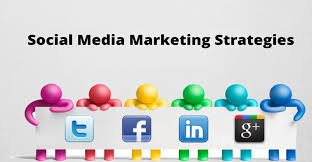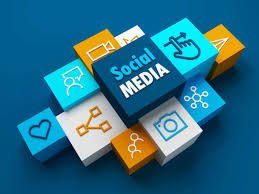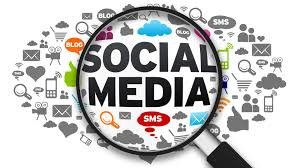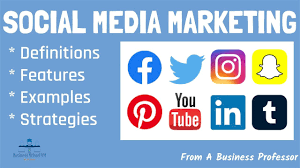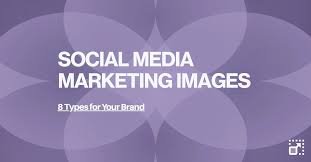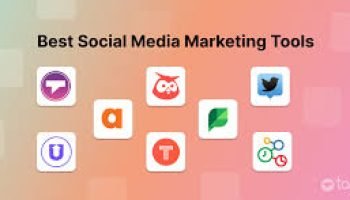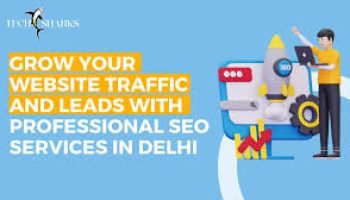Email Marketing Secrets: How to Boost Open Rates and Drive Conversions
Email marketing remains one of the most powerful and cost-effective ways to engage with your audience, build relationships, and drive conversions. However, with inboxes overflowing and attention spans shrinking, it’s becoming more challenging to get your emails noticed. That’s why understanding the best strategies for boosting open rates and driving conversions is essential for successful email campaigns. In this blog, we’ll share some of the most effective secrets to improving your email marketing efforts, helping you create compelling campaigns that not only capture attention but also convert leads into loyal customers. 1. Craft Compelling Subject Lines The subject line is the first thing your recipients see when they receive your email. It plays a crucial role in whether your email gets opened or ignored. If your subject line is dull, irrelevant, or misleading, even the best email content won’t help. Tips for Crafting Better Subject Lines: Related Keywords: email subject lines, boost open rates, email personalization, curiosity in emails 2. Personalize Your Email Content Personalization is one of the most effective ways to make your emails stand out. By using your recipient’s name, past purchase history, or browsing behavior, you can deliver content that feels more relevant and engaging. How to Personalize Your Emails: Related Keywords: personalization in emails, email segmentation, dynamic content, targeted email campaigns 3. Optimize for Mobile Devices With over 50% of emails being opened on mobile devices, optimizing your emails for mobile is no longer optional—it’s a must. A poorly formatted email can frustrate your recipients and lead to a higher rate of unsubscribes. How to Optimize for Mobile: Related Keywords: mobile email marketing, responsive email design, email optimization for mobile, email testing tools 4. Write Engaging and Relevant Email Copy Your email content should be engaging and valuable to your audience. If your emails aren’t interesting or relevant, recipients won’t open them, let alone click through to your website or make a purchase. How to Write Effective Email Copy: Related Keywords: email copywriting, email CTA, benefit-focused emails, storytelling in emails 5. A/B Test Your Emails A/B testing (also known as split testing) is an essential strategy to figure out what works best for your audience. By testing different elements of your emails, you can make data-driven decisions that improve your open rates and conversions. What to A/B Test: Related Keywords: A/B testing emails, split testing email campaigns, email optimization testing, email marketing best practices 6. Focus on Deliverability Even if your email is perfectly crafted, it won’t do any good if it lands in your recipient’s spam folder. Maintaining a high deliverability rate ensures your emails actually reach your audience’s inbox. How to Improve Deliverability: Related Keywords: email deliverability, email authentication, clean email list, spam filters 7. Analyze and Track Performance To improve your email marketing campaigns, it’s crucial to track key metrics and continuously refine your strategy. Monitoring performance gives you insights into what’s working and what needs improvement. Key Metrics to Track: Related Keywords: email performance metrics, open rates tracking, CTR email marketing, email campaign analysis Conclusion Effective email marketing requires more than just sending emails out to a list of contacts. By focusing on compelling subject lines, personalization, mobile optimization, engaging content, A/B testing, and improving deliverability, you can significantly boost your open rates and drive more conversions. Consistently analyzing and refining your strategy based on performance metrics will help ensure the long-term success of your email marketing campaigns. When done right, email marketing can be an incredibly powerful tool to nurture relationships, increase sales, and foster brand loyalty. Related Tags: #EmailMarketing #BoostOpenRates #EmailConversions #A/BTesting #MobileOptimization #PersonalizedEmails #EmailContent #EmailStrategy This blog outlines strategies and best practices for improving email open rates and driving conversions, helping businesses craft more effective email campaigns. Let me know if you’d like any adjustments or additions!


